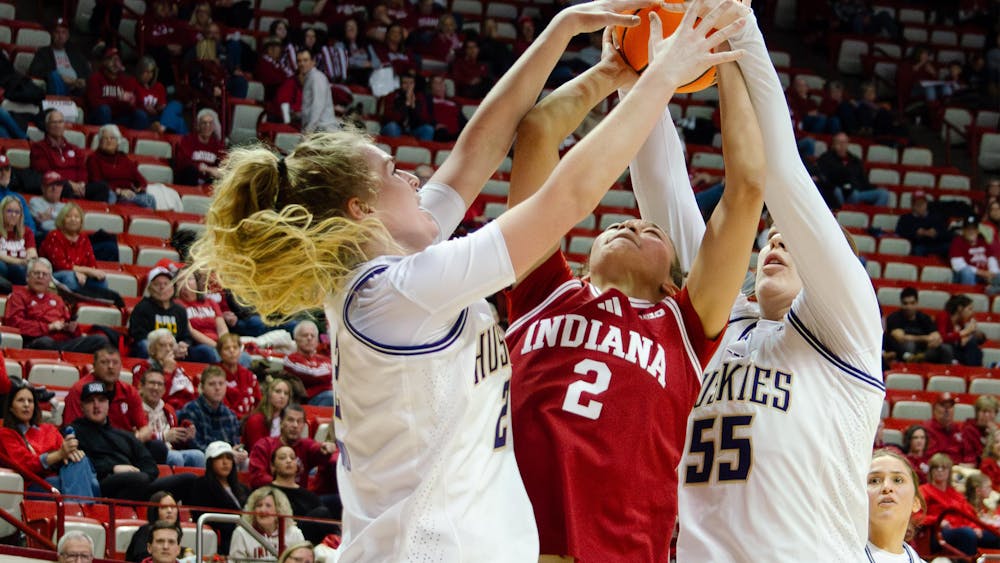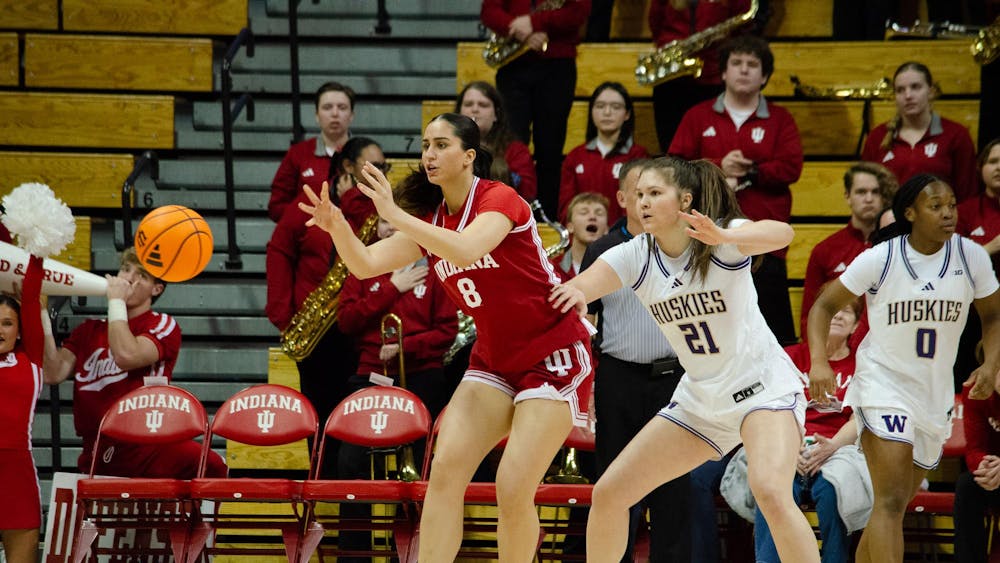By now we have all heard of or seen the blockbuster film of the year, "Barbie," which has sparked numerous trends in fashion and media. Barbiecore fashion, with its trademark pink, emerged in stores and on runways before the movie was even released. Marketing campaigns featured Barbie in company advertising, HGTV built a Barbie Dream House and company Eye Studio created a huge Barbie hologram that was on display in Dubai. While some may think enough is enough, I say there is more to the Barbie trend than just products.
From the movie's inception, it was bound for critical and commercial success with a star-studded cast and the fantastic director, Greta Gerwig, at the helm. The movie surpassed earnings expectations and generated dialogue about issues related to gender, relationships, body image and patriarchy. These conversations between friends, families and coworkers are important and present the potential for real social change.
I watched “Barbie” twice in theaters on back-to-back days, once with friends and once with my mom. The first time I saw it, I was in at my local drive-in talking about unrelated topics, so it was harder to grasp some of the messages. However, on my second viewing, I noticed many subtle, but important, details that helped me to understand why the movie resonates with so many people. Woven through the dance parties and beachside fight scenes, "Barbie" contains critical messages about what it is to be human.
While the toy Barbie has been rightfully criticized over the years for presenting unrealistic beauty standards, the movie “Barbie” celebrates women for being who they are through diverse characters. It recognizes the beauty in aging, as seen when Barbie meets an older woman at the bus stop and tells her she is so beautiful.
The movie is not shy about taking on the patriarchy by pointing out common distinctions between the experiences of men and women in society. For example, there is a scene with Barbie in a boardroom with Mattel executives. When Barbie asks to speak to the women in charge, she soon realizes there are not any women on the board of the company. This models the real world where most companies are run by men. In fact, according to a Fortune article, only 10.4% of Fortune 500 companies are led by women.
[Related: OPINION: Girlhood]
“Barbie” will forever be known as an entertaining movie. However, scattered in the script’s jokes is a message about how organization can lead to achieving a common goal and, in the process, growth and change. When the Barbies organize to take Barbie Land back from the Kens, they persevere to renew their governmental order. This is like some of today’s women’s organizations, such as EMILY’s List and She Should Run, that focus on getting women elected to political positions.
I did not think I was prepared for how much “Barbie” affected me. I did not have any connection to Barbie previously as a toy or a show, but I left the theater both times feeling both discouraged and hopeful. In many ways, our society is seeing positive change. But the movie also highlighted how much further we need to go.
After watching the movie, I had my own conversations with my mom and my grandmother. I was particularly struck by how much some of the experiences in the movie struck a chord with them –– for example, in Gloria’s monologue where she shares her frustration about the pressure to meet unrealistic expectations and never feeling like it is good enough. These discussions helped me to think about how, as a society, we still have a lot more work to do so that we can all feel valued for who we are as individuals.
The reason this movie is still popular and relevant is not just because it is a fantastic movie, but because people are taking its meaning to heart. It is more than just a funny, well-written movie about a doll who discovers the real world. It is a conversation starter to help us discuss the continued need to push for more equality, acceptance and change. The bright pink fashion trend may eventually fade, but the underlying messages need to stay.
Jack Davis (he/him) is a freshman studying journalism.






